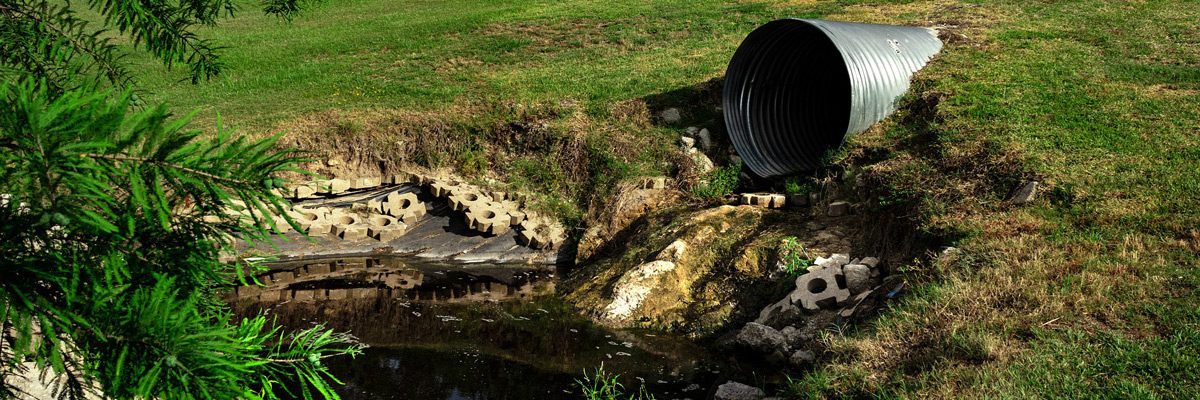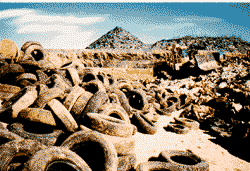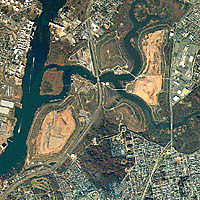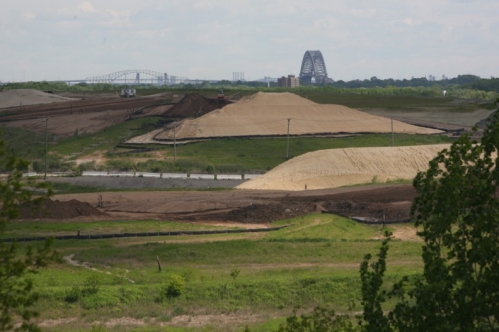http://www.newscientist.com/article/dn16347-review-iwhy-evolution-is-truei-by-jerry-coyne.html
Review: Why Evolution is True by Jerry Coyne
10:16 05 January 2009 by Rowan Hooper
T he first “why” that struck me on seeing Why Evolution is True was why do we need yet another book on evolution? There are lots of good ones out there already and nothing less than a mountain of evidence to support the reality of evolution by natural selection.
But we do need another, insists Jerry Coyne, a professor of evolutionary genetics at the University of Chicago, because creationism is spreading.
And he’s right – creationism is all over the place, not just in the US, where it often gains huge amounts of publicity. In December, a UK poll found that 29% of science teachers thought that creationism should be taught in science classes alongside evolution; a state of affairs that Richard Dawkins called “a national disgrace”. It is also on the rise in Islamic countries.
Careful persuasion
Creationism, Coyne tells us in this wide-ranging, beautifully written account, is like a roly-poly clown that pops back up when you punch it. But he resists the temptation to punch. He seeks to persuade, by carefully leading the reader through the overwhelming evidence, that evolution is a fact.
The audience is those who are uncertain about explanations of life’s diversity. The book is not aimed at people who hold faith-based positions – Coyne considers them to be lost causes – but you have to wonder how many people who are “uncertain” will be won over.
Coyne describes, for example, giving a talk on evolution versus intelligent design/creationism to a group of rich Chicago businessmen. You would think that people in the business world might think that evidence for something is worth taking into account, but this was the response Coyne got from one audience member after his lecture: “I found your evidence for evolution very convincing – but I still don’t believe it”.
:}
So you would think that Archer Daniels Midland will evolve in this new Green World and “get it” that polluting the environment needs to stop. That their by-products as they call them must be put to a use. Like growing algae for a fuel source or making cement. But NO, they want to pump it underground. Like that’s not polluting. Why don’t they quit? Because as the man above said, “They don’t believe.”
illinois environmental protection agency
1021 north grand avenue east, P.O. Box 19276, springfield, illinois 62794-9276 -( 217) 782-3397 james R. thompson center, 100 west randolph, suite 11 -300, chicago, IL 60601 – (312) 814-6026
rod R. blagojevich, governor douglas P. scott, director
UNDERGROUND INJECTION CONTROL (UIC) FINAL PERMIT DECISION
The Illinois Environmental Protection Agency provides notice pursuant to 35 111. Admin. Code 705.201(c) that a final UIC permit was issued to Archer Daniels Midland Company of Decatur, Illinois on December 23, 2008. The Agency’s response to comments, the Response Summary and Attachment 1, are available at the Illinois EPA web site at the following link: http://www.epa.state.il.us/public-notices/general-notices.html (Scroll l/3 of the way down the page to select documents posted concerning the Archer Daniels Midland project.)
Specific information must be submitted to the Agency as either permit modification requests or as supplemental information for review and approval prior to ADM’s use of the injection well. Please review the lists of these data requirements on page 2 of the Response Summary.
The applicant may petition the Illinois Pollution Control Board to contest this permit decision pursuant to 35 111. Adm. Code 705.212. Third parties also have appeal rights pursuant to 35 111. Adm. Code 705.212. Appeals must be filed within 35 days of the decision date. The deadline to appeal the Illinois EPA permit decision is January 27, 2009. For additional information on the permit appeal process, please contact the Illinois Pollution Control Board (312-814-3620).
To receive a paper copy of the final UIC permit for ADM or the Illinois EPA Response Summary and Attachment 1, please contact:
Mara McGinnis
Illinois Environmental Protection Agency 1021 North Grand Avenue East Springfield, Illinois 62704-9276
Mara.McGinnis@illinois.gov 217/524-3288
rockford – 4302 North Main Street, Rockford, IL61103 -(815)987-7760 • des PLAINES-9511 W. Harrison St., Des Plaines, IL 60016 – (847) 294-4000
elgin – 595 South State, Elgin, IL 60123 – (847) 608-3131 • PEORIA-5415 N. University St., Peoria, IL 61614 – (309) 693-5463
bureau of land- peoria-7620 N. University St., Peoria, IL 61614 – (309) 693-5462 • champaign – 2125 South First Street, Champaign, IL 61820-(217) 278-5800 springfield – 4500 S. Sixth Street Rd., Springfield, IL 62706-(217) 786-6892 • collinsville – 2009 Mall Street, Collinsvilie, IL 62234-(618) 346-5120
marion – 2309 W. Main St., Suite 116, Marion, IL 62959 – (618) 993-7200
printed on recycled paper
:}
Guess What? There isn’t a single environmental group in Illinois that is going to protest it.







